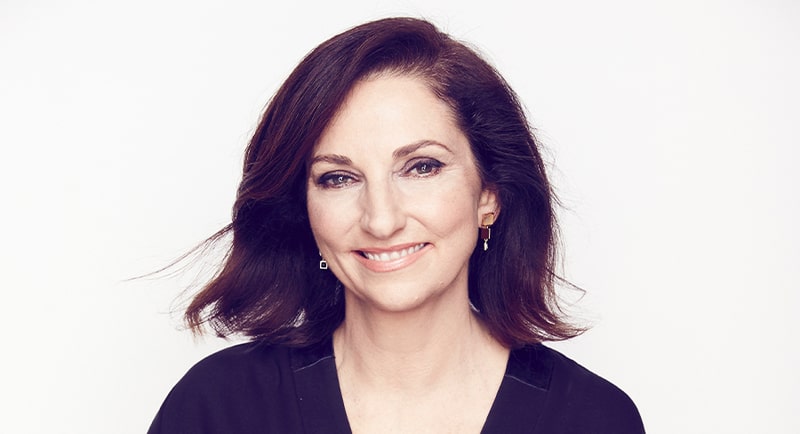
Magazines hold particular power in the luxury category for brands and consumers, according to Are Media general manager of fashion and beauty, Nicky Briger.
While “the cost of everything is skyrocketing”, Briger tells Mediaweek, there is still demand for what she calls “the finer things” – “people still want to treat themselves after years of lockdown and economic uncertainty.”
According to Forbes, the luxury market will be worth USD$1.65 trillion this year – including cars, experiences, wines and spirits, home furnishings, and art. Goods categorised as ‘personal luxury’ – clothing, accessories, beauty, jewellery, and watches – will account for 24% of the total market, or USD$400 billion.
Consumers want to be guided in their luxury purchases and rely on curation. That’s where glossy magazines still come in, according to Briger. In terms of ad spend, Guideline SMI figures show magazines held relatively steady in 2023, down 1.2% overall, but back just 0.1% in print. Just this month, Briger was part of ELLE Australia’s relaunch and first issue.
At the time the issue hit stands, Briger told Mediaweek that the physical magazine renaissance was tied to luxury: “There were 132 magazines that came back into print or launched in America over the last 12 months, and the same is happening in Australia.
“For us, it’s definitely that disassociation from digital, you just want to completely relax and cut off. You use a different part of your brain when you’re reading or looking at a magazine, and feeling and touching it. There’s something really special about having something tangible in your hands that you can carry and hold, and put on your coffee table. It is almost like a luxury item in itself.”
Briger adds now that this tactile experience was “one of the reasons ELLE Australia returned to print”; the first issue’s paper stock was sourced from Germany. ELLE proves that readers want to be immersed by a physical product that focuses on “stunning photography and exceptional writing”. The physical magazine “legitimises the [ELLE] brand.”
“It is precisely that immersion, that esteem and that trust which places magazine brands at the top for guiding the global cultural narrative in fashion, beauty, and luxury.”
Briger says that luxury brands want to be associated with the curation, photography, and writing found in a high quality print product.
“One of the biggest endorsements for magazines is the ongoing support they receive from leading fashion and beauty marketers,” she continues. “Powerhouse luxury brands like Dior, Chanel, Louis Vuitton, Gucci and Cartier, who shape the high-end fashion narrative and have notoriously high standards for brand affiliation, continue to invest heavily in leading fashion magazines.
“Clearly, they recognise the power of magazines – print, digital or both – and their ability to connect with consumers, shape their attitudes and behaviour, and drive intent.”
In becoming a home for luxury brands, magazines are becoming luxury brands themselves, Briger argues, especially because they are led by “editors and creatives [who] have spent decades immersed in fashion, beauty and luxury.”
“They have intimate knowledge of trends, brands and what people want to see, buy and wear.”
Editors are no longer just journalists and newsroom leaders, but “experts in the digital space”. From that level of experience and curation, “to the tick of endorsement from luxury giants who advertise, these brands continue to gain and hold the trust of consumers,” Briger says.
So while “the creator economy continues to thrive … so do trusted publications in terms of sales and influence.” It’s not a choice between the creator economy and legacy media, though, Briger contends, since editors themselves have become public personalities and quasi-influencers with large social media followings.
“By putting editors and experts in the spotlight on social media, publishers leverage their talent as influencers,” Briger says. “High-budget production means shoots gather the best from photographers, stylists, fashion directors and talent, allowing them to build their portfolios and share premium content across their own channels.”
The way magazines, and their staffers, show up on social connect the masthead brands – and their advertisers’ brands – to new audiences, who trust their favourite editor’s or writer’s curatorial voice.
“Every single photo shoot and story is informed by the discerning eyes and nuanced understanding of people who’ve watched the industry evolve. It’s this depth of knowledge and meticulous approach that helps mag brands maintain their position as trend-setters and trusted guides for consumers.”
